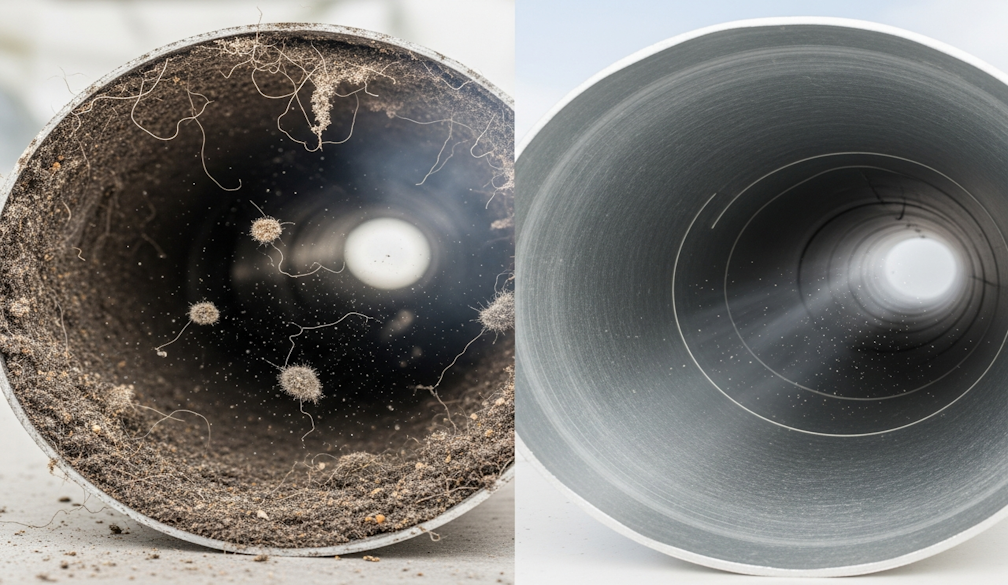Why is There Sewage Coming Up Through the Bathtub: Causes and Solutions

Discovering sewage coming up through your bathtub is an alarming and unpleasant experience that no homeowner wants to face. This issue not only poses health risks but also indicates a potential problem with your plumbing system.
Here are some of the reasons shared by expert plumber Mosman that help you to identify the real cause for sewage coming up through the bathtub. You can also explore the solutions to this messy and inconvenient problem.
Clogged Drain
One of the most common reasons for sewage backup in your bathtub is a clogged drain. Over time, hair, soap scum, and other debris can accumulate in your bathtub's drain, restricting the flow of wastewater. When the drain is severely clogged, it can cause sewage water to back up into your bathtub.
Solution: To prevent and resolve drain clogs, plumber Mosman considers using drain screens to catch hair and debris, and periodically clean the drain using a drain snake or a chemical drain cleaner. If the clog is too severe or persistent, it may be necessary to call a professional plumber to clear the blockage.
Main Sewer Line Blockage
If multiple drains in your home are experiencing backup issues simultaneously, it could indicate a blockage in the main sewer line. When the main sewer line becomes obstructed by tree roots, debris, or other foreign objects, it can cause sewage water to back up into various fixtures, including your bathtub.
Solution: Addressing a main sewer line blockage requires professional assistance. Plumbers can use specialized equipment such as sewer cameras and high-pressure water jets to identify and clear the blockage. Regular maintenance, such as tree root removal, can help prevent future blockages.
Sewer Line Damage
Damage to your home's sewer line can lead to sewage backup in your bathtub. Sewer lines can deteriorate over time due to factors like age, ground settling, or the intrusion of tree roots. When cracks or breaks occur in the sewer line, sewage can leak into the surrounding soil and eventually make its way into your plumbing system.
Solution: To repair damaged sewer lines, it's essential to enlist the services of a professional plumber. They may recommend techniques such as trenchless pipe repair or replacement to fix the issue without extensive excavation. Regular inspections can help identify and address potential problems before they worsen.
Sewage System Overload
During heavy rainfall or excessive water usage, municipal sewage systems can become overwhelmed. When this happens, sewage can back up into residential plumbing systems, including bathtubs. This situation is more likely to occur in areas with combined sewage systems, where stormwater and sewage share the same pipes.
Solution: Unfortunately, you have limited control over municipal sewage systems. However, you can reduce your risk of backup during heavy rainfall by minimizing water usage and installing backflow prevention devices in your plumbing system.
Venting Issues
Plumbing systems rely on proper venting to allow air to enter and exit the pipes, facilitating the smooth flow of wastewater. If the vent pipes become blocked or damaged, it can create negative pressure in the plumbing system, causing sewage backup in fixtures like bathtubs.
Solution: To address venting issues, you may need to inspect and clean your vent pipes or repair any damage. This task is best left to a professional plumber who can ensure that the venting system is functioning correctly.
Septic System Problems
If your home is not connected to a municipal sewage system and relies on a septic tank, issues with the tank or drain field can lead to sewage backup in your bathtub. Overfilled or malfunctioning septic tanks can allow sewage to back up into your plumbing.
Solution: Regular septic tank maintenance, including pumping and inspection, is essential to prevent backups. If you suspect a problem with your septic system, contact a septic service professional for a thorough assessment and necessary repairs.
Aging Plumbing
Older homes may have outdated plumbing systems that are more prone to problems like sewage backups. Over time, pipes can corrode, collapse, or develop leaks, which can lead to sewage issues in your bathtub and other fixtures.
Solution: If you live in an older home, consider investing in a plumbing system inspection. Updating your plumbing with modern materials and techniques can help prevent sewage backups and other plumbing-related problems.
Conclusion
Discovering sewage coming up through your bathtub is undoubtedly a distressing situation, but understanding the potential causes and solutions can help you address the issue effectively. Whether it's a simple clog, a more complex sewer line problem, or issues with your septic system, taking swift action and seeking professional assistance when necessary is crucial to restoring your plumbing system to proper working order and maintaining a healthy living environment in your home. Regular maintenance and preventive measures can also go a long way in avoiding future sewage backup incidents, ensuring peace of mind for homeowners.




